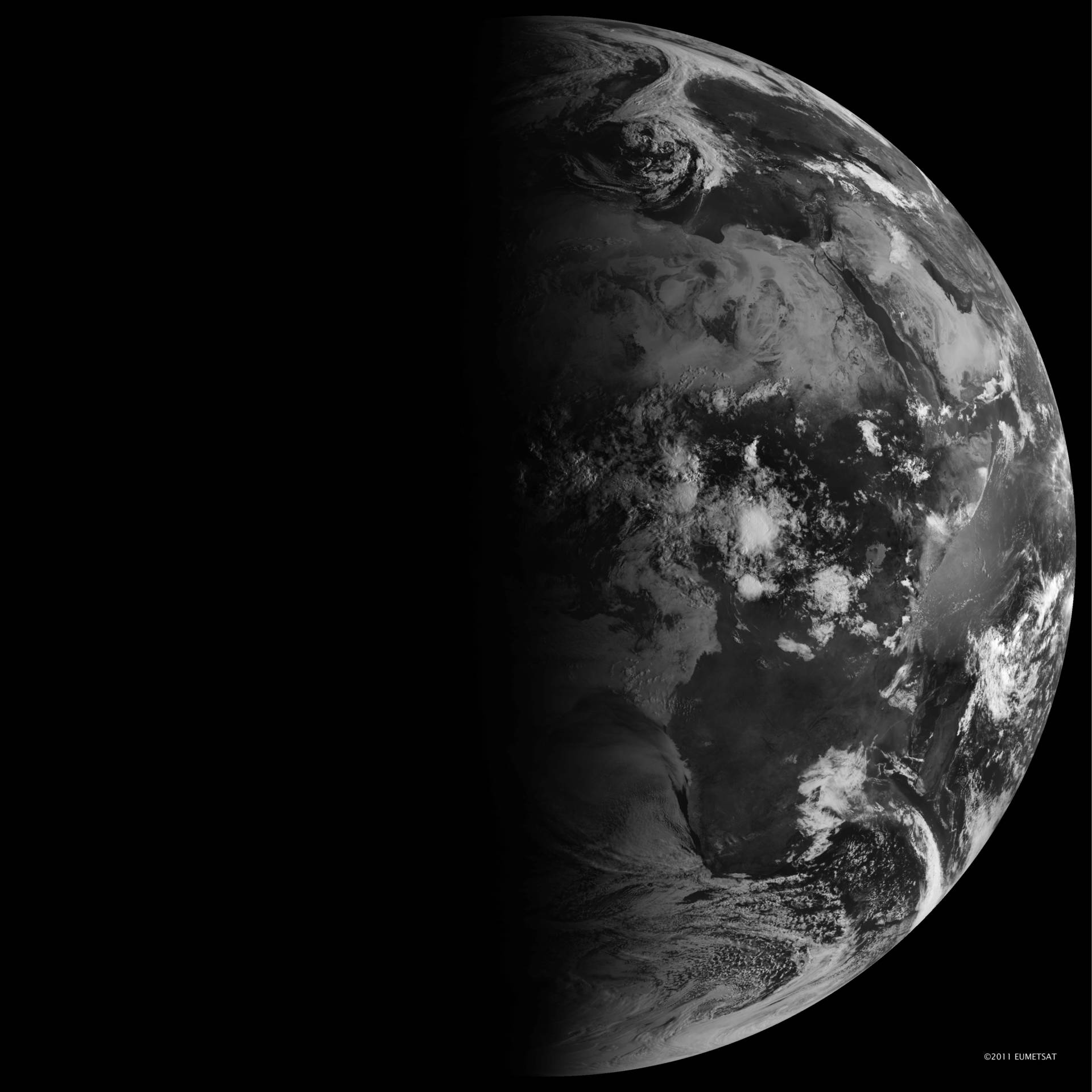It’s time to savor the first few moments of official fall.
The autumnal equinox is upon us, marking one of two days a year when the amount of daylight matches that of night. (The other is the vernal or spring equinox). The word equinox comes from the Latin “aequus,” meaning equal, and “nox,” meaning night.
This year, the equinox was today at 12:50 a.m. Pacific Time. Depending on your latitude, you may not receive exactly 12 hours of light and dark. Today, for example, daylight in San Francisco will last roughly 10 seconds longer than in L.A. You can check TimeAndDate.com to calculate the day length for your location.
What’s Happening in Space
If you drew a line across Earth’s equator, the equinox occurs when the Sun’s path would be right in the middle. On Earth that translates into the sunset appearing due West. During spring and summer, the sun sets to the north of that point (for those in the Northern Hemisphere). In fall and winter, the sun will set to the south of that point.
Why Do the Seasons Change Anyway?
Earth’s rotational axis has a tilt as it orbits the Sun. During fall and winter in the Northern Hemisphere, we have more dark than light, meaning less heat from the sun. At the same time, the Southern Hemisphere receives more hours of daylight than night, meaning longer days and more heating. On the equator, the length of days and seasons stays pretty much the same.


